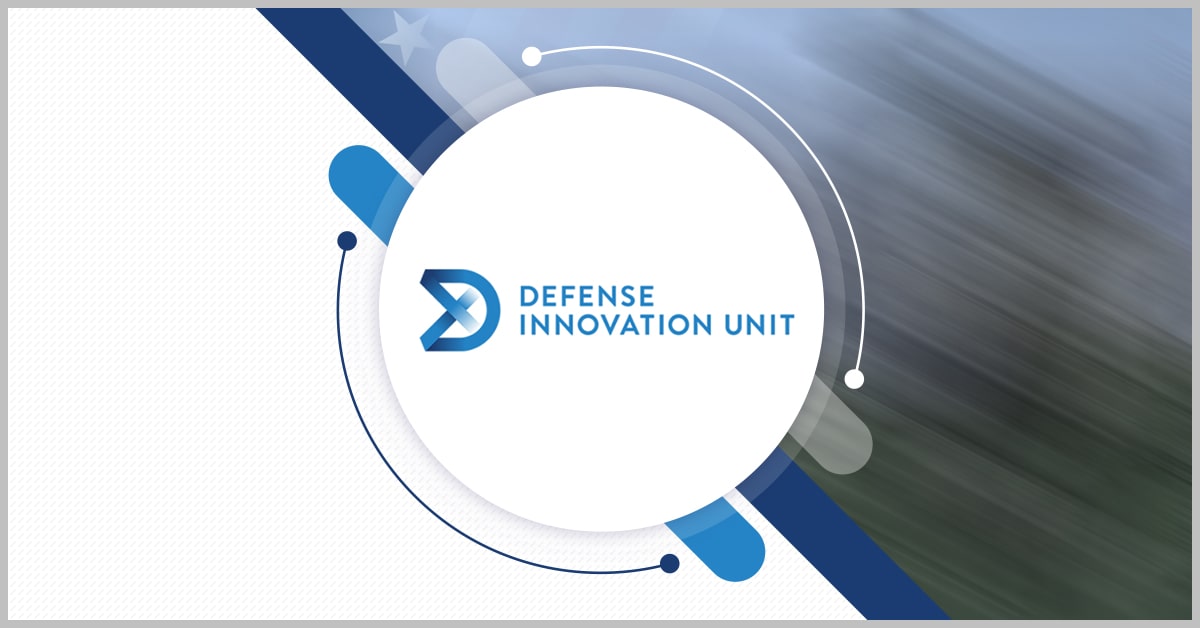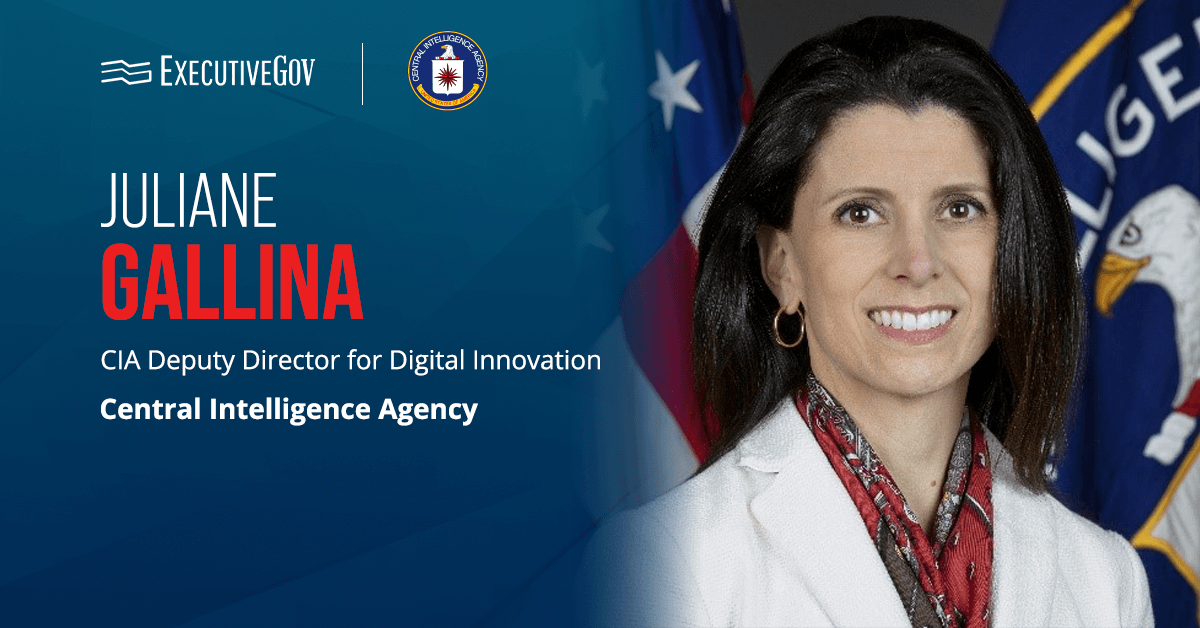The Defense Innovation Unit has unveiled Blue Manufacturing, an initiative aimed at revolutionizing defense manufacturing by facilitating collaborations between advanced technology firms and commercial producers.
DIU said Thursday the initiative is intended to support the Department of Defense in meeting emerging threats by encouraging the agency to adopt advanced manufacturing capabilities, with a more reliable supply chain, to provide warfighters an advantage.
Fostering Collaboration to Boost Production
Through Blue Manufacturing, advanced commercial manufacturers can connect with technology companies to develop and deploy commercial innovations for the defense sector. DIU intends to establish a reliable network of manufacturers adept in 3D printing, automation, high-rate production and other capabilities necessary to accelerate the manufacturing process.
DIU will create a pre-vetted catalog containing a roster of trusted manufacturing partners that can ramp up defense technology production.
The first group of manufacturing companies that will be included in the Blue Manufacturing Marketplace should be capable of small and large-format metal additive parts production, composite or ceramic additive, automated metal machining and forming, advanced post-processing, and 3D printed tooling. In addition, companies specializing in cyber, adversarial capital, supply chain risk and other advanced capabilities will be considered for the marketplace.
Doug Beck, director at DIU, remarked, “The Blue Manufacturing Initiative will focus on pairing the very best hardware and software manufacturers in defense technology with the very best advanced manufacturing providers to help both strategically critical industries to scale.”












